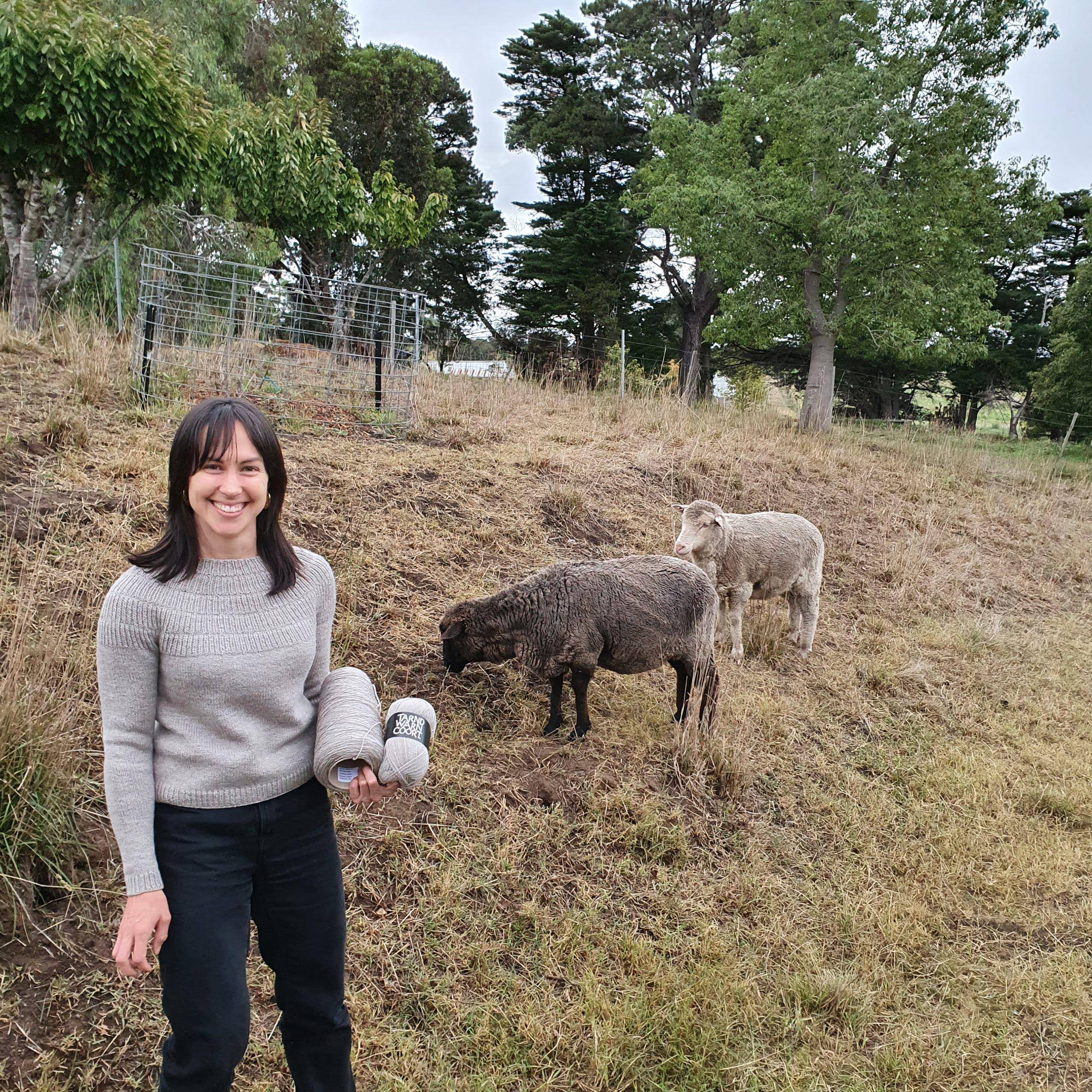Meet Maddie, Investment Principal at Tenacious Ventures
Dr. Madeline Mitchell brings her deep experience in agricultural sciences and a strong connection to Australia’s farming landscapes to her new role at Tenacious.

I grew up in Central Victoria, in Bendigo on Dja Dja Wurrung country. Growing up around farms during the millennium drought did a lot to shape my thinking around what I wanted to do for my career.
At university I became really enamored with plants, and I thought that if I became a plant scientist, I could develop crops that would be beneficial for farmers, consumers, and the environment, which would have flow on effects for rural and regional communities like the one where I grew up.
I went on to do a PhD in plant sciences at Cambridge, and worked on a project to re-engineer crop photosynthesis for improved yields.
I’m a scientist who likes to go out and communicate with non-scientists, who wants to see science translated into impact, on-farm, and in supply chains. That led me to the innovation and consulting world, and then to the startup space, and I came back to Australia to work in biotechnology crop development.
As I became more aware of the needs on the capital side of things, I transitioned into a research, collaboration, and partnership role at Food Agility, and then into an investing role at Breakthrough Victoria, looking after the agri-food portfolio.
What’s the role of science in investment?
There is so much important work to be done on the deep tech side of things, but we have to understand the science, how it works, and how it scales alongside determining what’s interesting from a commercial perspective. I’m excited to deepen the bench of scientific expertise at Tenacious.
Science and business are being forced to work together when it comes to climate and nature. Whether it’s climate-related financial disclosure, science-based targets and emissions reduction goals, or companies being challenged on perceived greenwashing, doing good science is becoming an increasingly essential aspect of doing good business.
What areas are you most interested in?
I’ve already started looking deep into the rapid plant genetic improvements space, especially around genome editing to develop crops that are more productive, nutritious, and have greater yield resilience in our rapidly changing climate. This is such a new space from a commercialization perspective– I’m interested to see how the current round of research might get translated over the next few years. How breeding targets and timelines will be refined and shortened. And what else we can do from there.
Especially from a technical perspective, genomic data is big and complex, and advances in AI are already transforming the manual processes involved in genomic work. The science is moving from traditional genetic modification to gene editing, and from a single transgene to more subtle manipulation of multiple genes. This opens up hard questions about the functioning of gene regulatory networks, and that is definitely a place where AI has the potential to help us find answers.
I’m also excited to look more into automation, especially for repetitive and potentially unsafe tasks that are only becoming more dangerous as we experience more heatwaves.
Beyond technical trends, I’m looking forward to following the progress of my colleagues who, like me, have left traditional research careers– especially to start a company or work for a company that’s translating science to application. For many of us, that’s why we do science, right? We want to make a difference in the world. It’s really encouraging to see pathways materialize that were less obvious or less available to scientists earlier on.
Why Tenacious?
There’s so much need and potential for change in the agrifood system. One of the things that attracted me to Tenacious’ work is that there’s an investment side and an advisory, or “insights”, side of the business. They can be really complimentary.
I’ve known Matthew and Sarah for a while, and I really admire their thinking. They talk about what’s needed, and then get out there and actually do it. I see a lot of determination to build the field, and an investment thesis that aligns with my own thinking about what will be required going forward.
My partner is a plant scientist from a family farm down in the Western District. My brother-in-law runs the sheep and cropping operations, but we have our own house and garden and do a lot of biodiversity work on some of the land– like tree planting and native grassland management.
Give us a fun fact…
I recently got certified to use a chainsaw. I realized I just I wasn’t that comfortable using one, and I learned there’s a cert for people who use chainsaws for their job. I learned about the theory of risk assessment and safety, how to clean and sharpen the blades, and performed some cuts. One of my recent career achievements!
What’s ahead for the food system?
When I think about 2050, I hope our food system– on farms and beyond– is able to better understand the impacts on nature and climate, and that we’re thinking and acting a lot more intentionally both about environmental and human health.
Farmers are responsible for over half of Australia’s land mass. What they do affects us all.
Want more content like this? Sign up for our weekly insights.
Key takeaways
- Dr. Maddie Mitchell joins Tenacious as an Investment Principal

